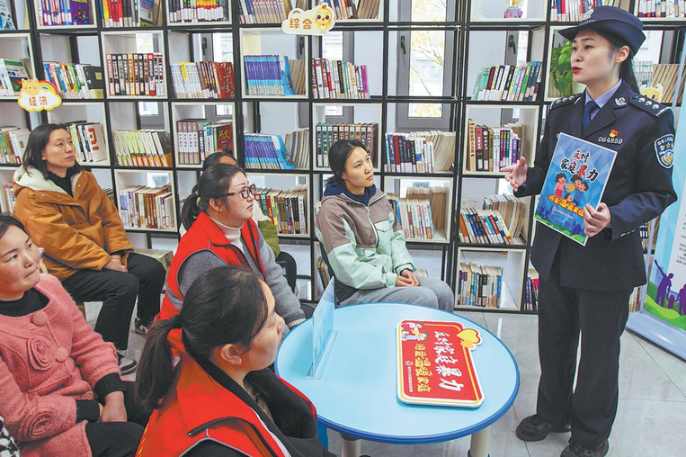Venues in Beijing offer wide range of attractions
By Liu Xuan | China Daily Global | Updated: 2019-10-23 09:55

Most, if not all, urban legends relating to ruins and abandoned sites are lurid, misleading or even scary.
For example, some state that an abandoned house in Beijing has been haunted by ghosts for decades because it was the scene of murders in ancient times. It is obviously hard, if not impossible, to verify this, but urban ruins have witnessed the city's past and its changes.
These venues in Beijing are obvious attractions for urban explorers:
Shougang Capital Steel Plant
The site of the largest and best-preserved steel plant in China includes an abandoned railway line, cavernous blast furnace and laboratories.
With its numerous buildings, intertwined pipes and heavy sense of history, it is no wonder it is one of the best-known venues, not only for urban explorers but also ordinary tourists.
The plant is slowly being transformed into a cultural and creative industry center as well as a hub for the 2022 Winter Olympics. Individual visitors should double-check which areas are open to them.
The site can be reached by taking subway Line 1 to Gucheng station and then transferring by bus.
Beijing Amusement Park
Many local residents may still be able to recall the time they spent at this park with their families. Once one of the capital's premier attractions, the park operated for more than 20 years until closing in 2010.
The Ferris wheel, once the highest in Asia, stands majestically on an island surrounded by a dry moat, occasionally rocking in the wind. Even though it is abandoned, the wheel is still a place of pilgrimage for urban explorers.
The park is located on the southeastern edge of the Second Ring Road.
Wangping Coal Mine
One of eight coal mines in Beijing, Wangping Coal Mine was established in 1964 and ceased to operate at the start of 1994. In its 30-year history, it made an outstanding contribution to the development of the coal industry in the capital.
Perhaps because of its remote location, there appears to be no plan to develop the site, even after decades of abandonment. But this is good news for urban explorers, as most of the workshops, factories and equipment are still intact. There are even calendars and posters from the 1980s on the walls.
The site is located in Wangping Town in the western district of Mentougou. It can be reached by taking subway Line 1 to Pingguoyuan station and then bus 929 to Wangping village station. On arrival, a concrete road leads to a railroad track. Walk along the track to the mine gate.
Shangyi Catholic School
Built on a mountainside in the 1920s, the bricks for this four-story school are said to have come from the Old Summer Palace.
The site was used for the movie The Dream Factory, directed by Feng Xiaogang, and for the television series Drawing Sword, which told the story of a soldier who experienced the War of Resistance Against Japanese Aggression (1931-45), the War of Liberation (1945-49) and the Korean War (1950-53).
The architectural style and the design concept for the building, as well as its remains, have attracted hundreds of urban explorers and photographers.
The school is located near the 8th Medical Center of Chinese PLA General Hospital, south of Baiwangshan Forest Park. It is now named Building No 100 and is surrounded by residential blocks.
Other Beijing sites for urban explorers include an aluminum factory in Tongzhou district, a coking and chemical works at the eastern end of subway Line 7 and a glass factory in Changping district.
























